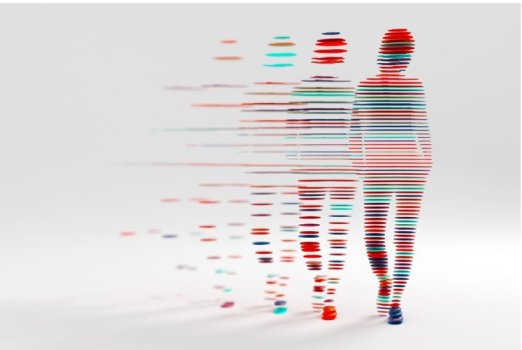In 1989, Kimberlé Crenshaw, now a law professor at UCLA and the Columbia School of Law, first proposed the concept of intersectionality. In an article published in the University of Chicago Legal Forum, she critiqued the inability of the law to protect working Black women against discrimination. She discussed three cases, including one against General Motors, in which the court rejected discrimination claims with the argument that anti-discrimination law only protected single-identity categories. Black women, the court said, could not be discriminated against based on the combination of identities, in this case race and gender.
Intersectionality, at its core, represents the interconnected nature of our identity. It describes how our race, gender, and disabilities can converge to create systemic structures of discrimination or disadvantage. Intersectionality helps highlight the fact that treating each unique attribute in isolation, such as gender or race, continues to disadvantage those who possess multiple attributes. As Crenshaw wrote, the “intersectional experience is greater than the sum of racism and sexism.”
Continue reading: https://sloanreview.mit.edu/article/real-talk-intersectionality-and-ai/
Intersectionality, at its core, represents the interconnected nature of our identity. It describes how our race, gender, and disabilities can converge to create systemic structures of discrimination or disadvantage. Intersectionality helps highlight the fact that treating each unique attribute in isolation, such as gender or race, continues to disadvantage those who possess multiple attributes. As Crenshaw wrote, the “intersectional experience is greater than the sum of racism and sexism.”
Continue reading: https://sloanreview.mit.edu/article/real-talk-intersectionality-and-ai/

